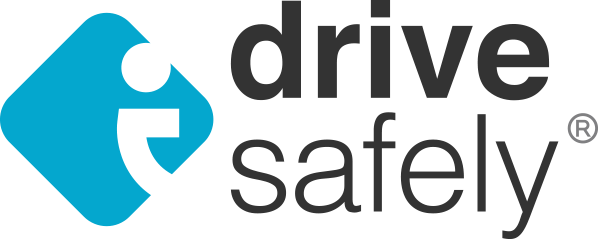Child Seat Belt Laws
When traveling with children in Texas, drivers must be mindful of the seat belt safety laws that have been put in place. Failure to comply can result in a traffic violation, and the need to take a Texas defensive driving course to dismiss the possible points from your license. Whether you have an infant or an 8-year-old, there are provisions on how to ensure the safety and security of your child while they are in a vehicle with you.
Safety Seats & Booster Seats in Texas
Any children under a year old and/or under 35 pounds should be placed in a rear-facing child seat in the back seat of the car. Under no circumstances is an infant allowed in the front seat, due to the impact of front and side airbags in the event of a crash. Once your child has reached a year old, they may sit in a forward-facing safety seat, again in the rear of the vehicle. They will need to use this seat from ages 1 – 4, and 20-40 pounds.
Texas seat belt law maintains that all children under the age of 5 AND less than 36 inches tall must continue to use the safety seats. This means that if your child is under the age of 5, but over 36 inches, they may graduate to a booster seat. Kids will typically need to use a booster seat until they are 4 foot 9 inches tall and weigh anywhere between 80 and 100 pounds. Kids will usually fall within the 4-8 year range for these demographics. The booster seat should again be placed in the back seats of your vehicle.
Is Your Child Ready?
Once your child has reached the determined age, height, and weight, you can use these following tips to determine whether it’s safe to allow them to sit with a regular seat belt, and without the use of a booster seat.
- Have your child sit (without the booster seat) straight up against the back of the vehicle seat, and observe whether their knees bend over the edge of the seat. If not, they must remain in a booster until their legs bend and hang naturally over the edge.
- Make sure the seat belt over their lap stays low on their hips. If not, they must continue with a booster.
- Similarly, the seat belt’s shoulder strap must lie over the collarbone and shoulder, NOT on the face or neck.
- Finally, observe whether your child can maintain the correct seated position for an extended period of time, with the seat belt in its proper place.
Once all of these conditions are met, it should be safe to allow your child to sit without a booster seat. Once they reach the age of 13, they may ride in the front passenger seat of the car. Note that ALL CHILDREN UNDER THE AGE OF 17 must wear a seat belt at all times in your vehicle, regardless of where they are sitting.
Why Is Seat Belt Safety Important?
The choking and injury hazards caused by improper use of seat belts and safety seats are incredibly high. It is crucial to use the right restraint for your child’s height, weight, and age. If you were to get into an accident, the force from the momentum could easily cause your child to be crushed against the seat belt if it fits improperly, or the seat belt may not even work at all if the child is too small for it.
Similarly, seat belts are the first and last line of defense for kids and teens old enough to wear them. Without a seat belt, there is nothing preventing a child from flying against the dashboard or, worse, through a window and outside the car. Kids and adults alike should wear a seat belt at all times when the vehicle is in motion or face severe penalties if caught without one.










